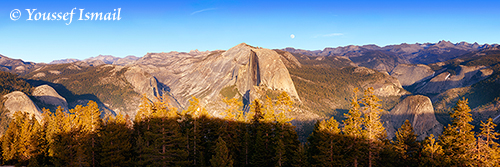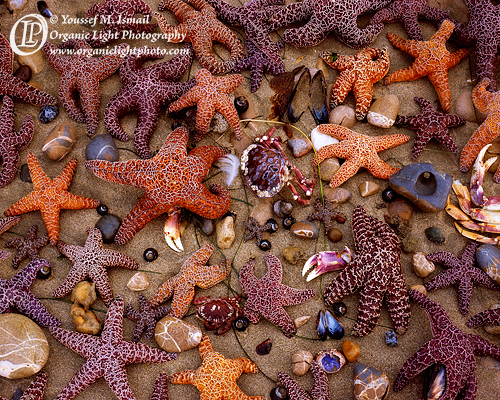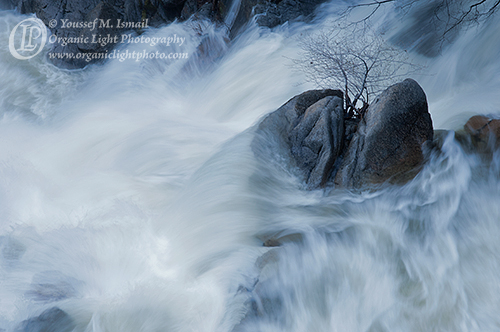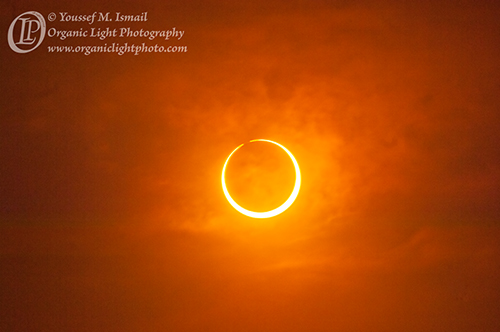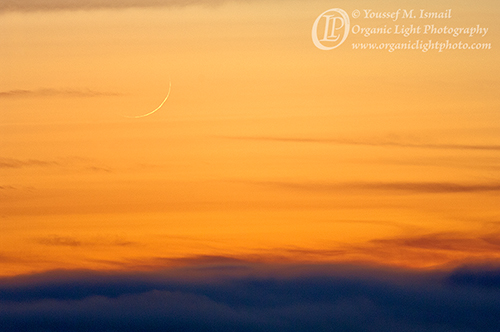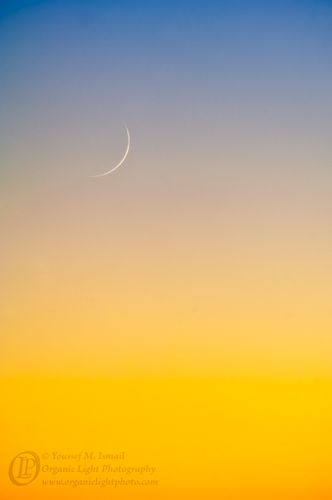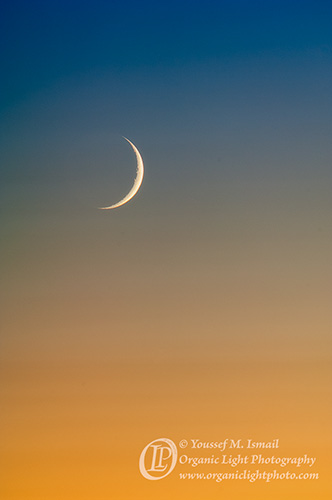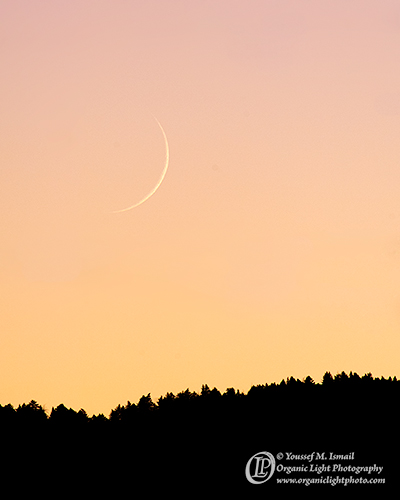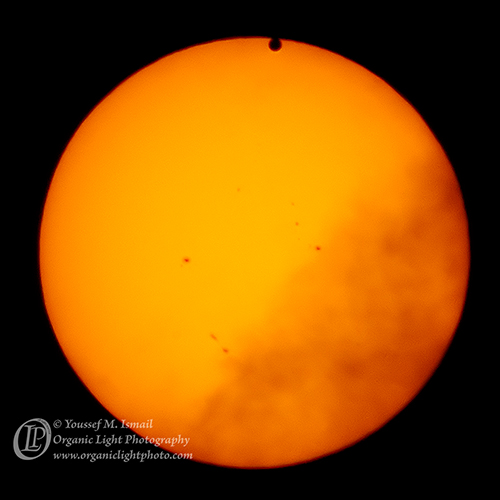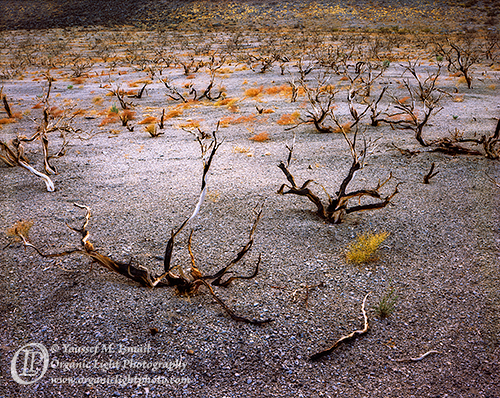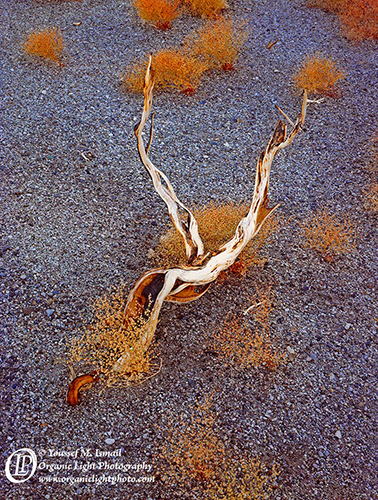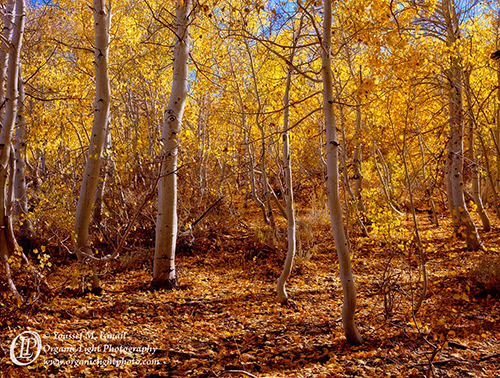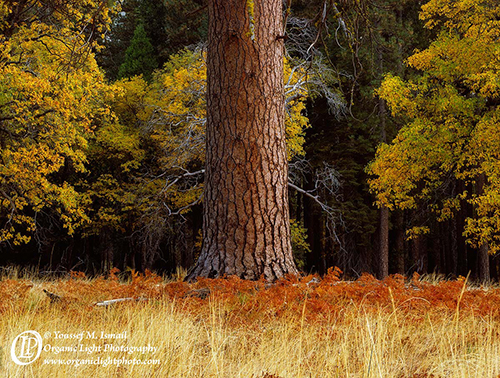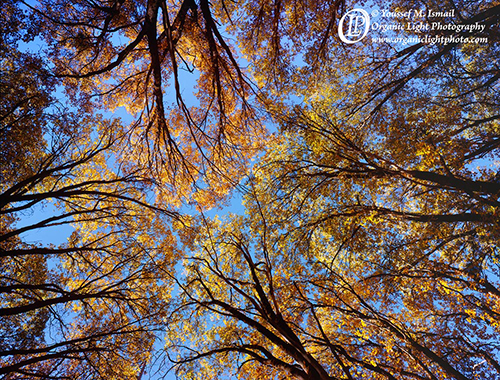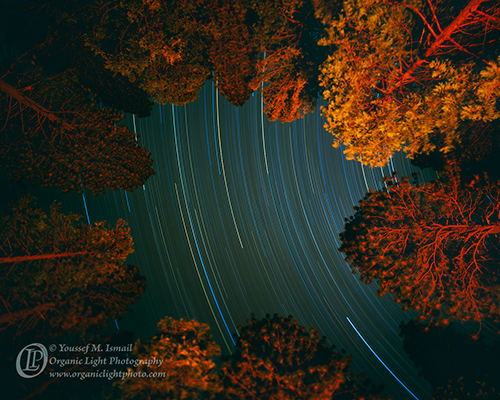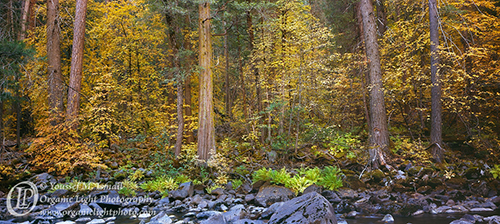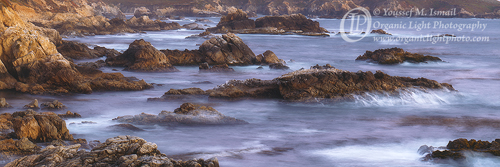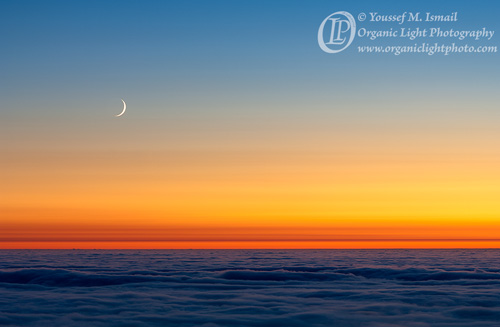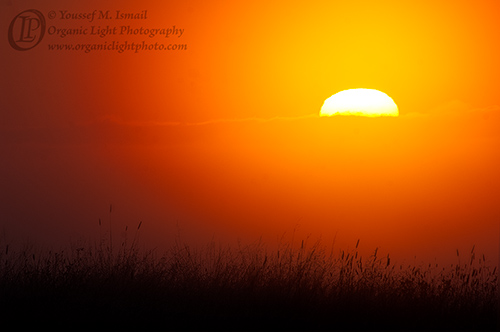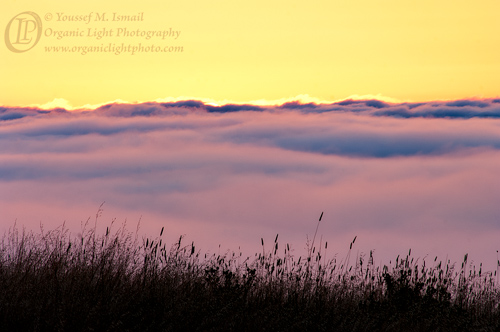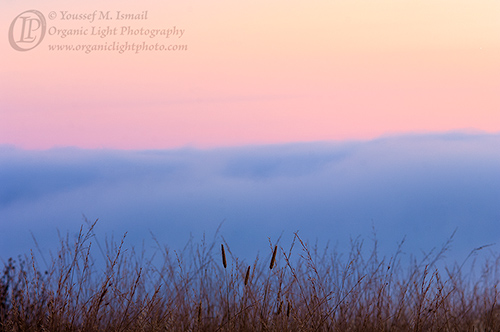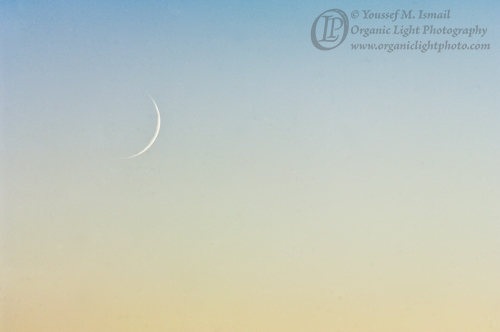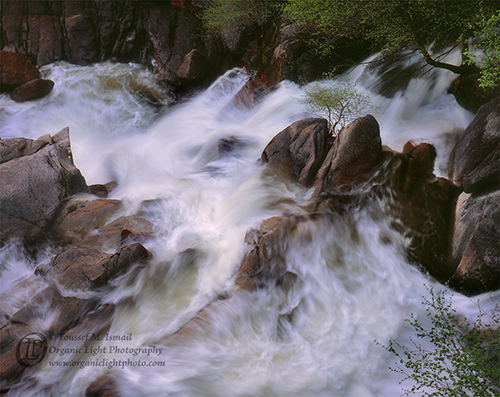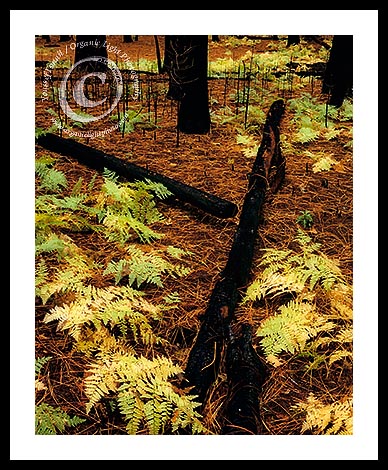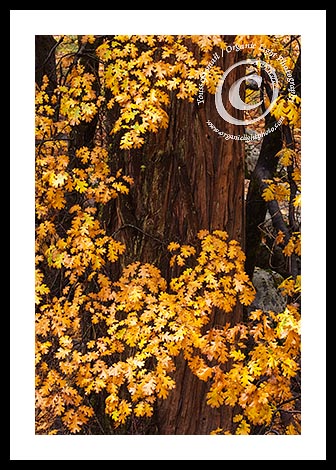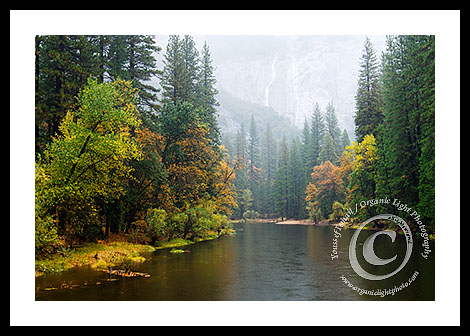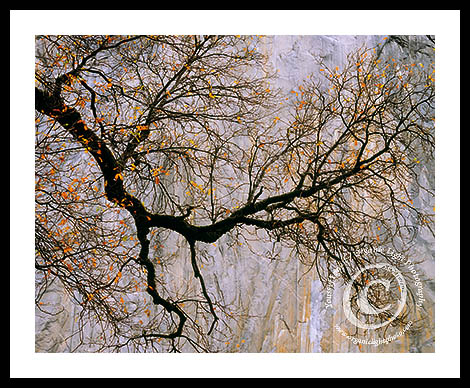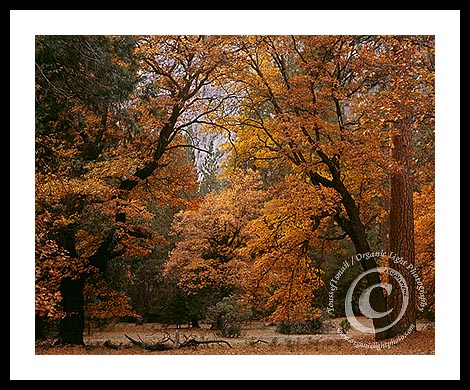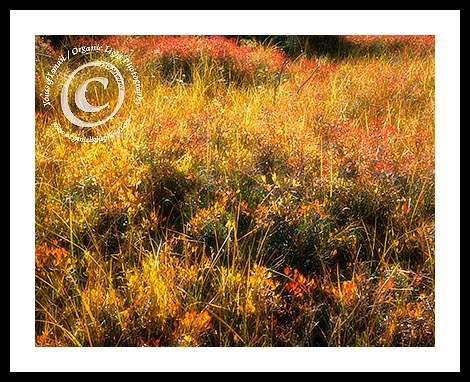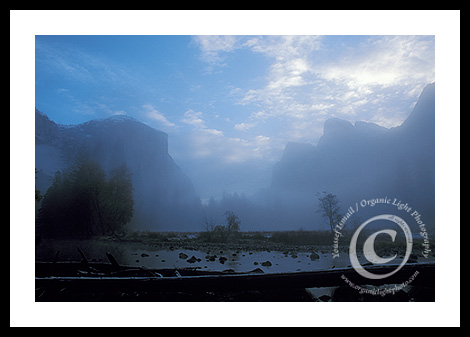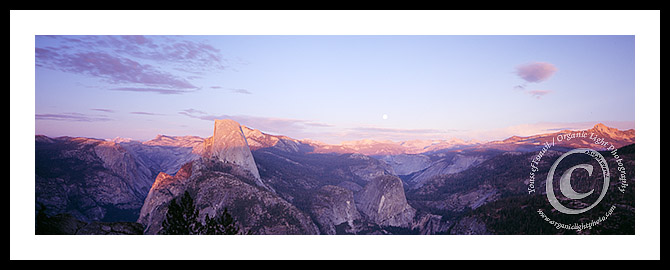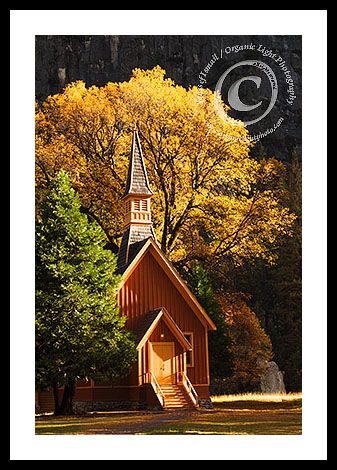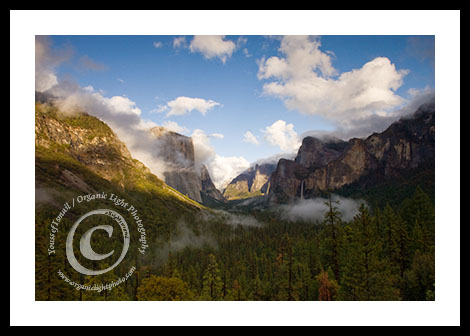Organic Light Photography 2012 Favorites
In wrapping up the year many photographers try to pick their best photos from the year. I am not sure what makes a ‘Best Photo’. Is it the photo that was the most technically challenging? Is it the the photo that is artistic in either its composition or color or lack of color? Is it the photo that sold well or was the most popular with an audience? Some photographers ask other photographers to pick for them. Some photographers ask their audience to pick for them.
For me, its about what the photograph means, why I made the photo, how it makes me and others who look at it feel. Did the photo bring a sense of wonder, or awe or delight? Did it make me think or my audience think? Did it help me to form a bond with Mother Earth or with those that are dear to me? Those are the photos that would qualify as best. So what follows are my favorites from the past year and why.
At the start of the year the full moon was rising over Half Dome in Yosemite and the high country was still accessible due to a lack of snow fall. The crew and I made the trek and it was a moving experience for all. Its the experience that makes a photo what it is sometimes and this one carries a lot with it.
Later in the year, in early autumn, the crew and I ventured out to the coast at a low negative tide and discovered what lives under the water. We spent the afternoon gathering sea stars and made this fabulous arrangement. the interactions that occurred that afternoon and on the evening ride home showed me something that I knew was inside of my crew but hardly had the chance to make an appearance. I saw stars, real stars and it was in the making of this photo that brought them out to shine.
I also struggled this year with photography. Trendy photos, trendy ways of displaying them and trendy marketing all designed to persuade the viewing public to think mediocrity is something special. It was troubling me greatly and then by a strange twist of fate I found myself standing over a raging torrent of water at a location that attracts many tourists. Those who stop marvel at the water but I was looking in the opposite direction. What impressed upon me was that standing firm on what has a real foundation is the only thing that lasts. When all the madness has passed, what has remained is morality, character and tradition. That is what my photography rests on and hopefully others will see that as well.
The heavens in 2012 were also produced events of amazement and wonder. Most memorable was the annular eclipse of the sun. I planned a trip, determined a location prepared all the equipment both for the trip and the photography only to it all vaporize and morph into something entirely different. On the one hand it seemed like the endeavor was all in vain, but what resulted were some photographs that were as unique as the event itself. Many photographers produced interesting renditions, but I saw nothing like what I was given.
It was amazing to see the moon and sun married in the sky together like that for several minutes. Intellectually I know that the moon passes in between the Earth and Sun each month. I know this because each month I am out trying to find and photograph the new crescent moon once it has passed conjunction and starts to reflect the faintest amount light back to the Earth. But seeing conjunction happen during a solar ecplipse brings seeing the new moon to a whole new level. A day later, after ‘Broken Light’ was made, it was the moon’s stage and the moon’s alone. I ventured out again to capture this elegant crescent that was only 26.3 hours old from the moment I saw it pass in front of the sun. Needless to say it was quite awe inspiring.
The moons last year did not disappoint. However the debates that revolved around the most certainly did. The Islamic calendar is a pure lunar calendar. It is based on sighting the new crescent moon each and every month. In our modern world this seems to have become an inconvenience. It is unfortunate because it is a most cherished tradition. It is a tradition that helps us ground ourselves in reality rather than further immersing ourselves deeper into abstractions. The unadulterated mind sees things as they are not as they are conceived. Marking time by physically seeing an event occur is real, while marking time by a contrivance of the mind is not. The moon is real and when one looks to the sky and sees nothing one moment and then suddenly in the next moment sees the moon appears it has to leave that person’s heart in awe of the creative power that brought all of the universe into existence. At least it does for me. And so, these moons are a affirmation of the existence of a Creator and the photos of these thin ribbons of light hold great weight with me.
There was one other heavenly event that was of worthy note, the transit of Venus. A transit of a heavenly body is when that body passes between the Earth and Sun. The transit of the moon could completely eclipse the sun due to its size and distance from the Earth. Venus on the other hand, is so much further away from the Earth and when it passes in front of the Sun it looks like a small dot. Nonetheless, the transit of Venus only occurs once every 105 years. Due to this rarity, the 2012 transit of Venus was an event that most of us alive on Earth today will never see again. Making sure I photographed it was imperative and was a pleasure to witness.
As summer waned my thoughts started to focus on autumn. I made it a point to make a trip to the Eastern Sierra imperative. As October rolled around I dusted off the camping equipment and gathered up the crew and headed off. We spent three days exploring and photographing that awe inspiring landscape. At the time I was feeling somewhat flummoxed about how my photography was perceived. Among the questions the raced in my mind was one that continues to bother me. Do people understand my photography, do they see what I see, does my photography move people the way it moves me? Then one morning while standing at the foot of the youngest mountains in North America, ‘Among The Dead’ was made as that very thought came to mind. I wondered if me heart was dead and I was among the dead, or if the hearts of others were dead and I was among them. Either I could not express my message, or it was not being received due to dead hearts.
Later that same morning as the sun started to hit the Sierra Nevada range, they acted like giant reflectors bouncing this warm light onto the pumice field I was standing on and the burned sage started to take on an incredible appearance. These burned twisted sangs were all that remained giving the feeling that I was looking at relics from an ancient time. When light, subject, color, and texture all come together as they did when ‘Relic’ was made, it is hard to come away with anything but a winner.
It was not long on the first autumn trip for my heart to find its winds and soar to great heights of joy with the glowing colors of the Aspens. As I was wandering I came upon this stand of young Aspens in the warm afternoon light. They seemed to be dancing, in fact with the subtle breeze coming and going, the leaves would begin to shiver and almost twinkle in the sun. I wanted to dance in the light with them. I could not pass up the scene, and ‘Dancing In Light’ was made. One of my all time favorite autumn images I think I ever made.
Autumn has to be my favorite season of the year and there is no place that I like in autumn better than in Yosemite Valley. I make the trek there every year and this year I made it alone. The crew, despite their pleading were left them behind. I love having them along, but the dynamic of making photos with them and without them is like night and day. Being alone allows me to wander and take my time without interruption. I can focus on the light and how it plays with the trees, the grass, water and rocks. My first morning in Yosemite Valley was strange. I needed to wander for sometime allowing my heart to unfetter itself from the virtual reality of the manufactured world with all its worries and demands to the true reality of the natural world with all it awe and wonder. Once that happened I came upon this stoic Ponderosa Pine and I came away with ‘Anchored’, probably my favorite photo of the year.
I spent three days in Yosemite this past autumn and it was quite productive. I exposed 60 sheets of film. Of those 60 about a third made to the scanner and were developed for print. Of course ‘Anchored’ has already been printed as well as ‘Among The Dead’ and ‘Dancing In Light’. This next photo was also made on the first morning of my Yosemite trip. It was a photo that I have always wanted to do, and have always suggested to workshop clients, but for some reason it never was made. Well this year I did. I walked into this small grove of Black Oaks in El Capitan Meadow known as the Cathedral Oaks and looked up. The light was perfect as the sun had just crested the tops of the peaks that surround the Valley and lit the tops of these trees. It was as if I was standing in a great cathedral looking through a stained glass window, only this cathedral was made, not by the hands of men for the sake of the glory of the Shaper of Beauty, but made by Shaper of Beauty so that our eyes may see and marvel at its glory.
On the last night of my trip the campground I was staying in was empty. It was a Sunday night and I guess everyone that was there for the weekend had left. It was dark, somewhat cold and very lonely. As I was making my way back to camp earlier that evening, I decided I would try another photo that I had in mind for years. I always wanted to photograph star trails while looking up through trees. When I returned to camp it was already dark. By head light I started my campfire and then set up my camera pointed straight up again. It is difficult working with film in the dark as the exposure times needed usually run into the time frame of hours and film starts to lose its ability to record light faithfully after about a few minutes of exposure. This is called reciprocity failure. But I wanted to try it out. I focused as best as I could in the dark, removed the dark slide and opened the shutter. I let the camera sit there for three hours as I burned off the remaining wood I had while I ate my dinner and read a book. Around midnight the fire started to die. I closed the shutter on the lens and called it a night. Of all the photos I made in 2012, it was ‘Star Fire’ that I was most anxious to see when my films returned. The light from the campfire produced an eerie glow among all the trees in my camp, and the long shutter worked well capturing the streaking stars in the sky. A photo that I am very happy with and one that I will try again in spite of reciprocity failure.
The very last photo I made on my Yosemite trip was also the last photo I made for 2012. I photograph this stretch of the Merced River almost every time I am in the Valley, and it is a location that I visit each time without fail. I call this spot Happy Place. Everything that I love about the forest is found there along this small stretch of the the river. In the past the photos that I have made there concentrated more closely on either one or two trees and with or without the water of the Merced. This year I decided to try to capture the whole thing in one epic photo. This photo, ‘To Be Happy’, was made from two separate sheets of 4×5 film and stitched together in software and then developed. The resulting image has so much detail and resolution that a 40 x 90 inch photograph could be printed without any loss in quality. It has captured both the stoic grandeur of the pines and cedars that line the river as well as the delicate qualities of the dogwoods and maples that give Yosemite its autumn blush in some very soft and flattering light. I wish I could show you all the fine detail in this image online, but alas if you wold like to see that detail, it must be done in person. ‘To Be Happy’ will certainly have a spot in my exhibit shortly. Stay tuned for more information about that.
Well, there they are. My favorite photos of 2012. I would love to hear your thoughts about these photos and leaving me a comment here on the web journal would be most appreciated.
I hope you all have a wonderful and prosperous year in 2013, and maybe our paths will cross.
Til next time, Peace.
